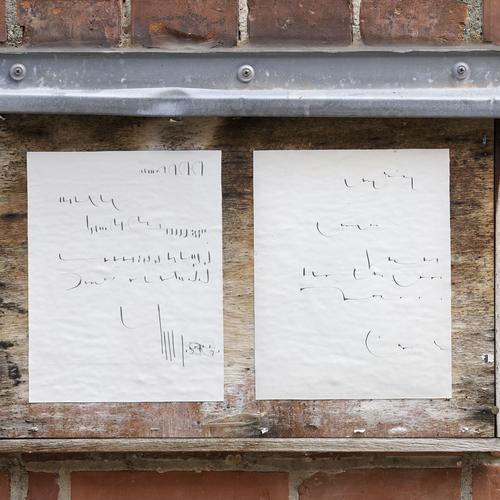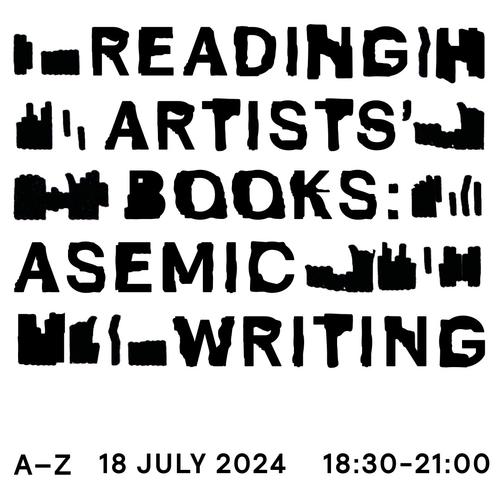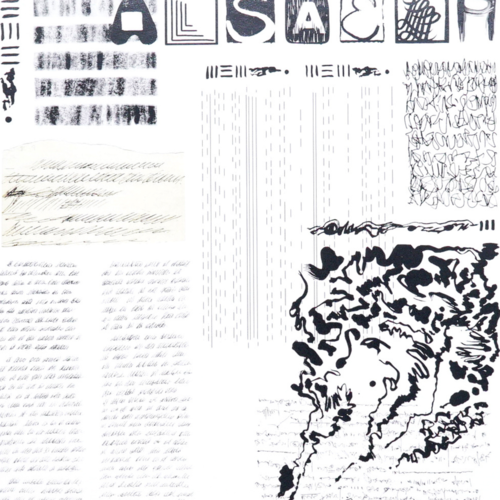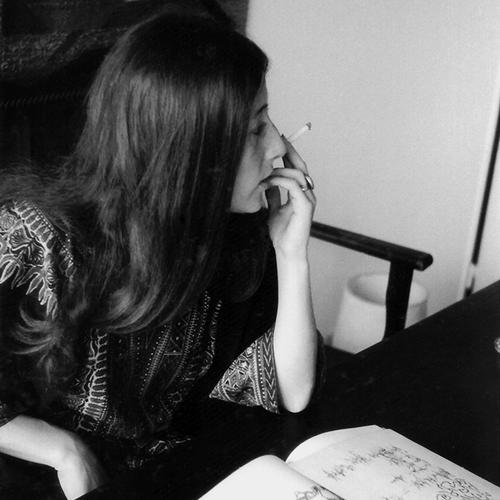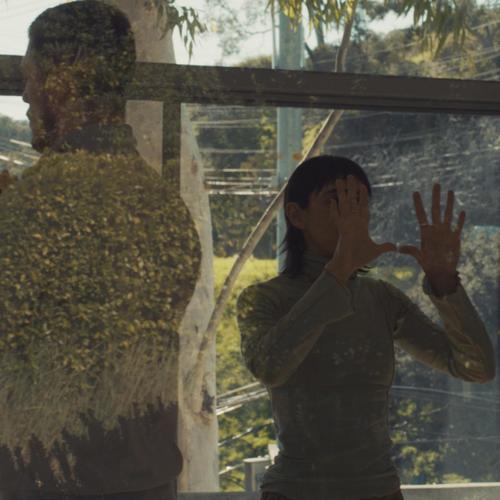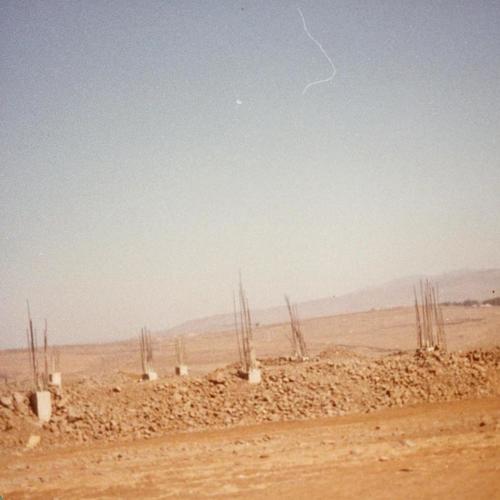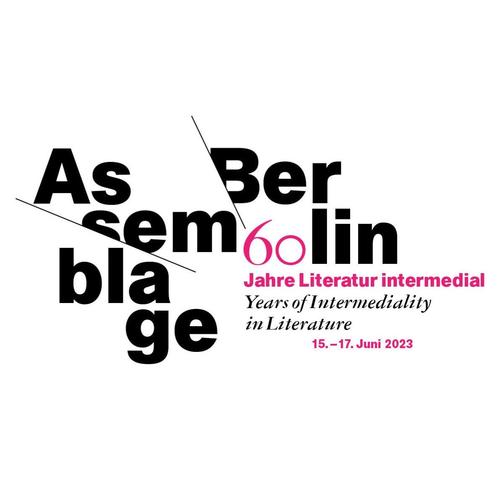Writing as Artistic Practice (2022–2024)
Regine Ehleiter, Research Area 4: "Literary Currencies"
Professional-Track Postdoctoral Project
The research project investigates the literary writing practices of contemporary artists. Within the broad spectrum of "art writing" (Hunt/Fusco 2004; Dworkin/Goldsmith 2010; Haylock/Patty 2021), this project focuses on the writings of contemporary visual artists who define their own literary approach and the presentation of their writings in books and exhibitions as a central component of their art practice. In that regard, this project differs from scholarship on artists' art historical and theoretical writings, or their art criticism.
One prominent example of the kind of writing addressed here is the artist's novel. David Maroto (Maroto/Zielinska 2015; Maroto 2019) has noted the lack of scholarly research on the phenomenon of novels as an independent artistic medium (Maroto 2019a). Relevant authors since the 1960s and 1970s here include Andy Warhol with A – A Novel (1968), which was based on recorded conversations, and Yayoi Kusama, whose autofictional novels and novellas include Manhattan Suicide Addict (1978) and The Hustlers Grotto of Christopher Street (1994), which tell stories of sexual violence, hallucination and suicide (cf. Munroe 1998). Another example is the New York artist David Wojnarowicz with Close to the Knives. A Memoir of Disintegration (1991).
More recent points of reference for the project are forms of autofictional text production in the context of contemporary art, as well as writing practices that introduce performative elements in their production and display. In her scripted text "The True Story of John Webber and his endless struggle with the table of content" (2012), for example, Keren Cytter engages with the performativity of gender ascriptions. On the website Misted.cc, Clara Amaral publishes texts by contemporary artists, such as the performance artist Isabel Lewis, which gradually fade with every viewing of the site, until they are no longer legible. When a new text appears, the process begins again.
The writing practices relevant to this project dissolve the boundaries of the literary, questioning the conventional mediality and materiality of both literature and contemporary art, and challenging traditional definitions of both. The project is situated within Research Area 4: "Literary Currencies", as it examines the circulation of texts (1) between literature and the visual arts, (2) between languages, as in the book Dictée by Theresa Hak Kyung Cha, and (3) between media, both analog and digital, by considering the publication of texts in books and exhibitions as different yet interconnected modes of publication and display.
The project first led to the exhibition entitled "LCB-Editionen 1968-89 – eine Re-Lektüre" (June 15 – October 30, 2023), held at the Literarisches Colloquium Berlin as part of the festival "Assemblage Berlin. 60 Years of Intermediality in Literature". In the second half of 2023, two more events affiliated with the project have taken place: "On the Edge of the Empty Quarter" (October 19, 2023) and "Echoes of Erika Runge. Reconsidering the Farewell to Documentary Literature" (November 29, 2023). The project concludes with the exhibition "Mirtha Dermisache: To Be Read", held at A–Z, a space for experimental design, where publications with "asemic writing" by the Argentinian conceptual artist Mirtha Dermisache (1940–2012) will be on view (June 6 – August 11, 2024).
